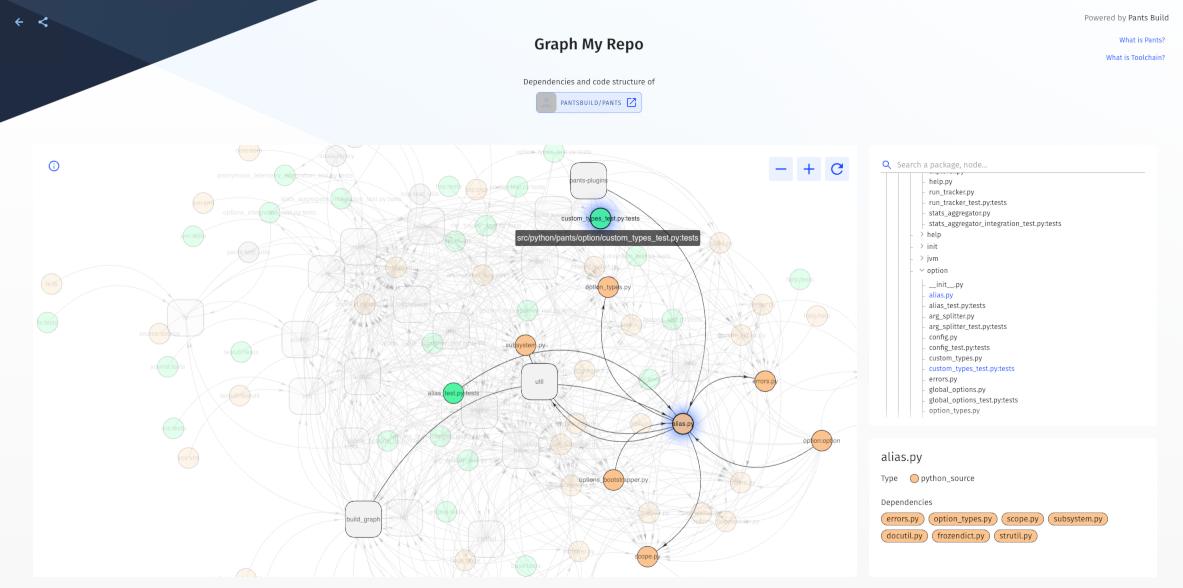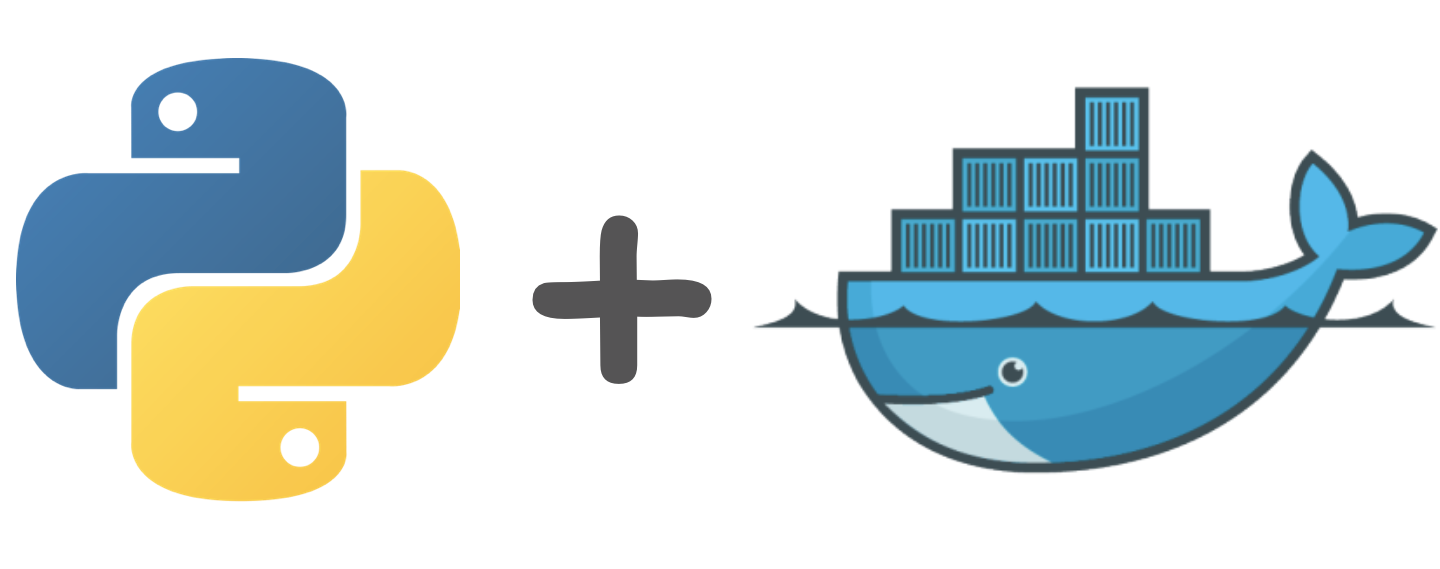
Unlike earlier build systems, Pants v2 automatically infers your code's internal and external dependencies. And it does this at the file level, so that you get optimal invalidation, caching, and concurrency performance without having to manually create and maintain mountains of BUILD file metadata.














